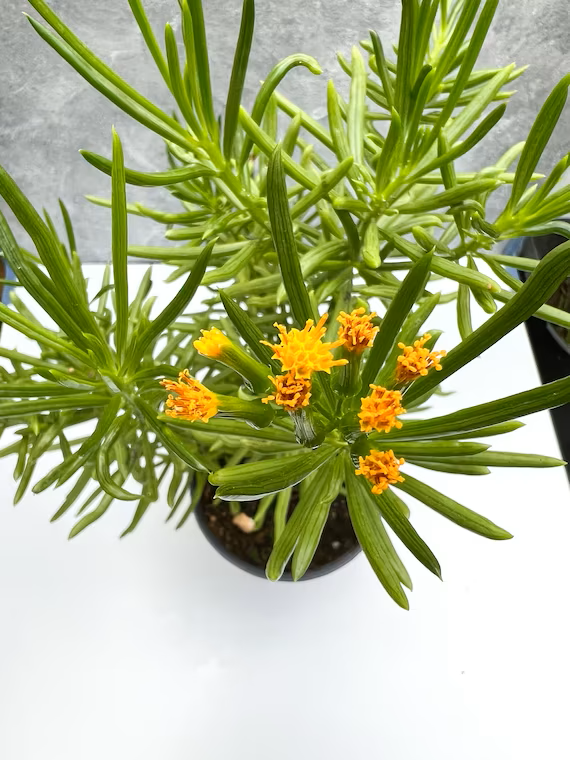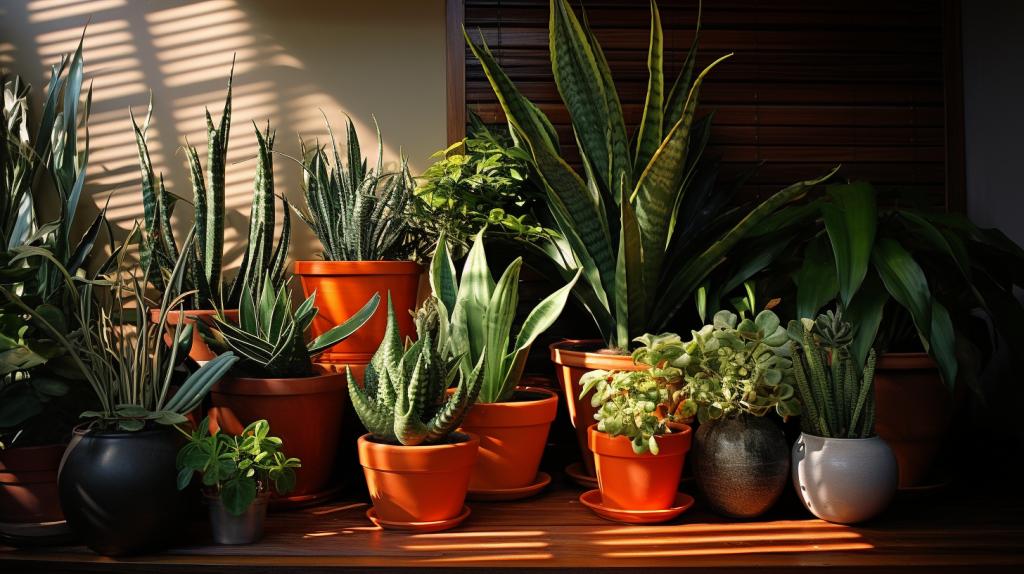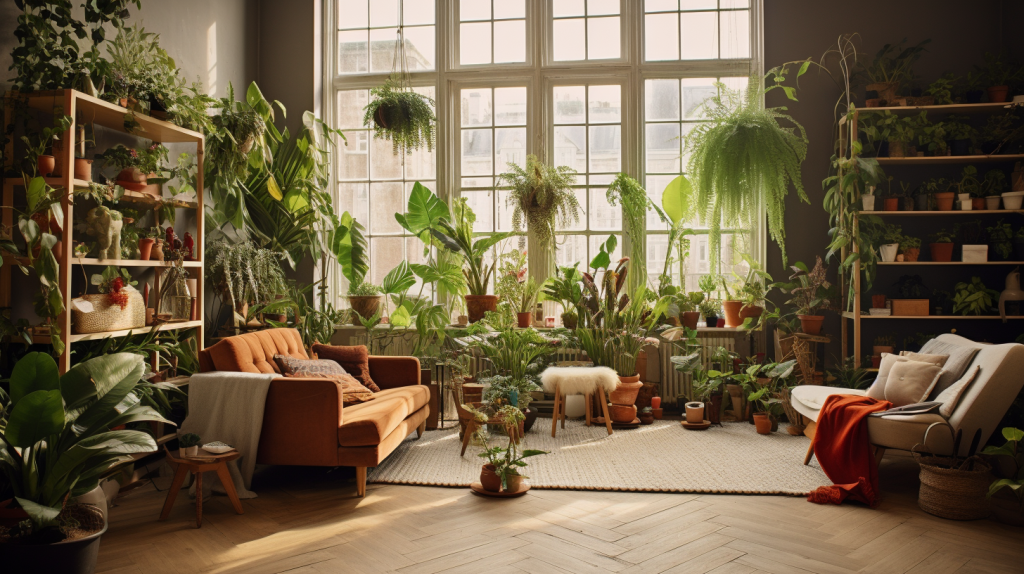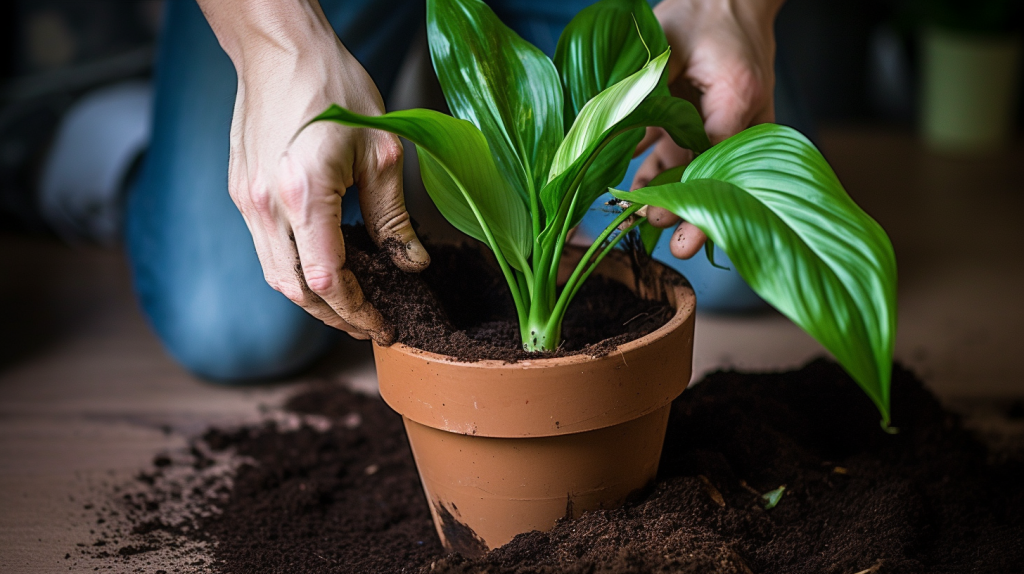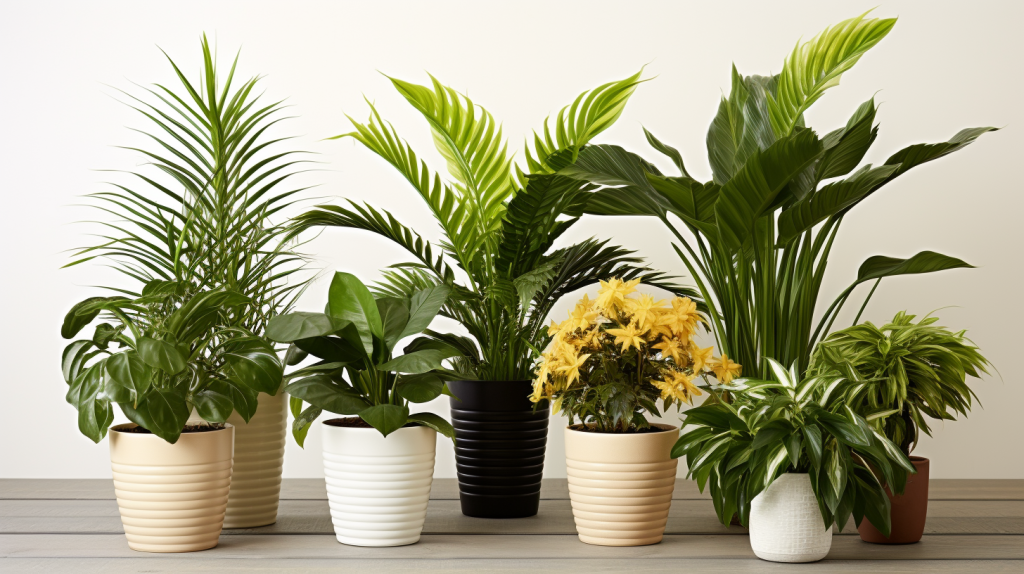When you think of indoor plants, it’s hard not to mention the Happy Bean, also known as Pincushion Peperomia. This delightful little plant brings a touch of nature indoors, and is widely appreciated for its aesthetic appeal and air-purifying qualities. Throughout this guide, we will explore the specifics of Pincushion Peperomia, diving deep into everything you need to know about this incredible plant.
Description of Pincushion Peperomia
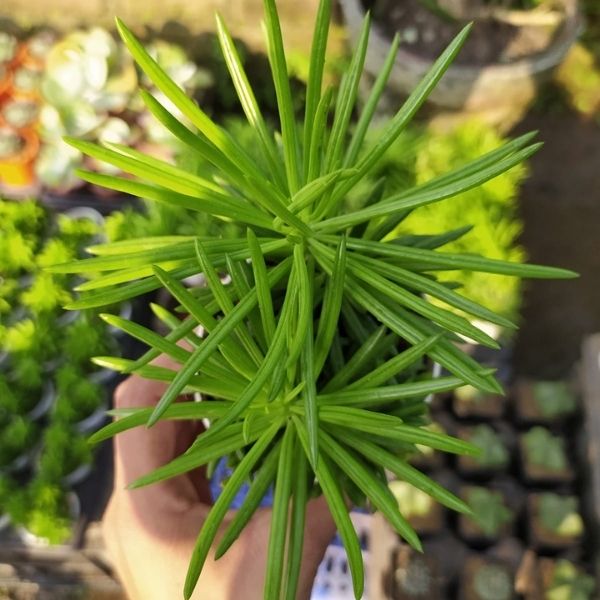
Pincushion Peperomia, or Peperomia ferreyrae, is a member of the Piperaceae family. This plant is native to Peru, and is known for its uniquely shaped leaves, which resemble little green beans or peas – hence the colloquial name, “Happy Bean”. The succulent, shiny, and bright green leaves of this plant are what make it a beloved choice for houseplant enthusiasts worldwide.
Facts about Pincushion Peperomia
One of the most fascinating facts about the Pincushion Peperomia is its drought-tolerance, making it an ideal choice for forgetful waterers. This feature can be attributed to its succulent leaves, which store water. Another interesting fact is that this plant prefers indirect sunlight and can thrive in a wide range of lighting conditions.
Pincushion Peperomia Care
Proper care of your Pincushion Peperomia involves ensuring it receives indirect sunlight, keeping it in a well-drained soil, and watering it sparingly, as it prefers to dry out between waterings. Temperatures should ideally be kept between 65-75°F (18-24°C), and while it appreciates high humidity, it can also tolerate less humid environments.
Potential Problems of Pincushion Peperomia
While generally low maintenance, Pincushion Peperomia can encounter a few problems. Overwatering is the most common issue, leading to root rot. Additionally, low light can cause leggy growth, while too much direct sunlight can lead to scorched leaves. Infestations by pests like mealybugs and spider mites can also occur, although they’re relatively rare.
Is Pincushion Peperomia Edible?
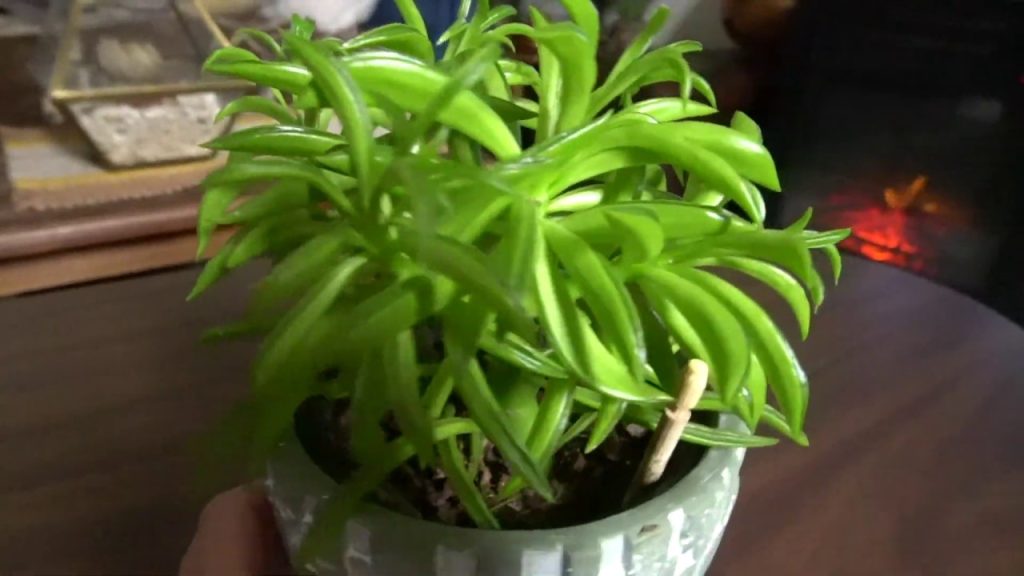
No, Pincushion Peperomia is not edible. While certain types of Peperomia have been used historically as food in some cultures, this plant is mainly grown for ornamental purposes and should not be ingested.
What is Pincushion Peperomia used for?
The primary use for Pincushion Peperomia is as an ornamental plant, perfect for decorating homes, offices, or even terrariums. With its compact growth habit and interesting leaf structure, it is a popular addition to indoor gardens.
How Big Does Pincushion Peperomia Get?
In general, Pincushion Peperomia grows to a maximum height of about 12 inches. Its compact size makes it a great fit for indoor spaces, even those with limited room.
What are the Health Benefits of Peperomia Plants?
Peperomia plants, including the Pincushion variety, are known for their air-purifying qualities. They can remove toxins from the air and release oxygen, which can improve overall air quality in indoor spaces. Additionally, their presence can enhance mood and productivity, reduce stress, and increase concentration and memory.
Conclusion
In conclusion, the Pincushion Peperomia, or the “Happy Bean,” is an incredible houseplant that is easy to care for and offers numerous benefits, from air purification to stress reduction. It’s a worthy addition to any indoor garden, bringing beauty, health benefits, and a piece of nature into the home.
FAQs
Q1. How often should I water my Pincushion Peperomia?
You should water your Pincushion Peperomia sparingly and allow the soil to dry out between waterings. Overwatering can lead to root rot.
Q2. Can Pincushion Peperomia thrive in low light?
While Pincushion Peperomia prefers indirect sunlight, it can tolerate low light conditions. However, too little light can cause leggy growth.
Q3. Is the Pincushion Peperomia a pet-friendly plant?
Yes, Pincushion Peperomia is generally considered pet-friendly as it’s non-toxic to cats and dogs.
Q4. How do I propagate Pincushion Peperomia?
Pincushion Peperomia can be propagated through leaf cuttings. Simply cut a healthy leaf, allow it to dry for a day or two, and then plant it in well-draining soil.
Q5. Why are the leaves on my Pincushion Peperomia wilting?
Wilting leaves may be a sign of overwatering or under watering. Check the moisture levels of the soil to diagnose the problem.
References:
- Peperomia Ferreyrae – Gardening Know How
- Peperomia ferreyrae – World of Succulents
- Peperomia (Radiator Plant) Plant Care – The Spruce

